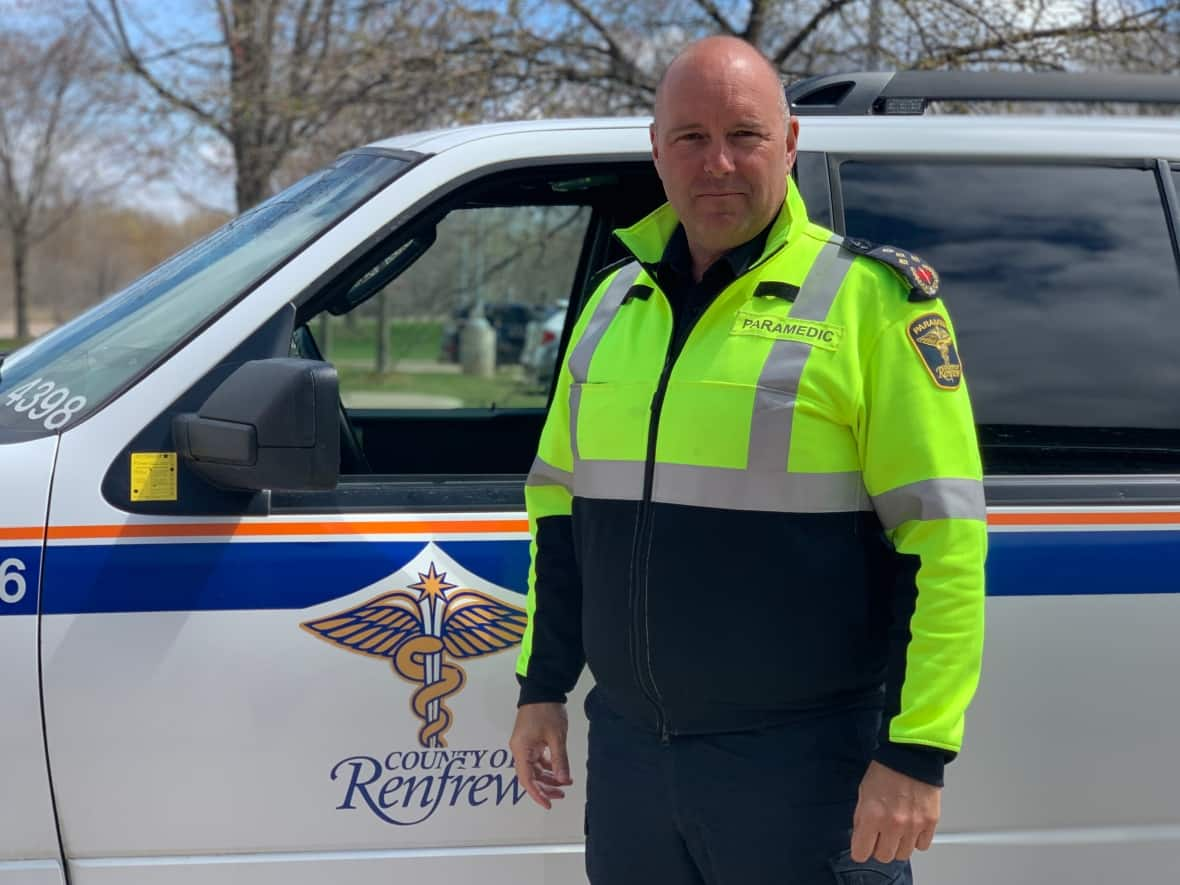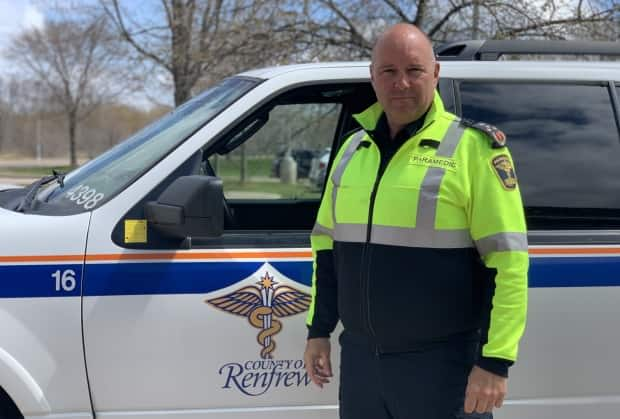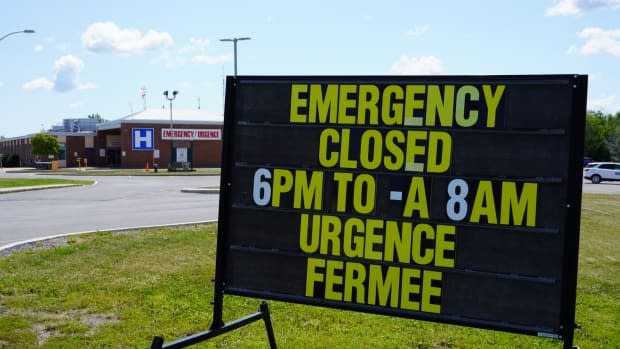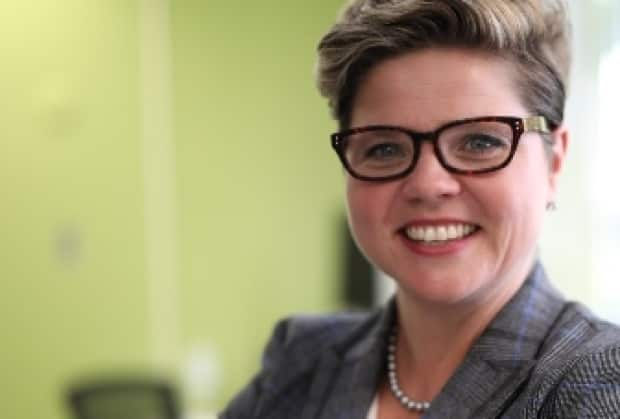Why more community paramedics could take the pressure off Ontario ERs


A community-based approach to health care could help ease the pressure on Ontario emergency rooms, one chief paramedic just outside Ottawa says.
The comments from Michael Nolan, director of emergency services for Renfrew County, come as staff shortages have forced many emergency departments across the province to temporarily close their doors.
Nolan spoke to CBC Radio's Ottawa Morning on Friday about community paramedicine, a model of care that's been in place in the county since 2006.
It involves paramedics identifying people who would be high users of the 911 system or emergency department — including elderly patients or people with chronic health issues.
"These are the people who can very easily contribute to the overburden on emergency departments. These are the people who are stuck in hospital, waiting to go home safely or going into long-term care," Nolan said.
Easing strain on 'burdened' system
In Renfrew County, people can contact a community paramedic directly through a toll-free help line, Nolan said, or be virtually triaged by speaking with primary care physicians available 24/7.
Community paramedics can lower the likelihood that those higher-use populations will call 911 or go to the emergency department by up to 70 per cent, Nolan said.
"We can reduce their utilization of the part of the health-care system that, frankly, is burdened the most today by both the volume and the complexity of care that is required," he said.
Community paramedics can visit and support vulnerable populations without adding more strain on emergency providers — something that can be done in the patient's own home, "not in a hospital bed," Nolan said.

For community paramedicine to be successful, it should be done in collaboration with primary care physicians, said Dr. David Walker, a professor of emergency medicine and policy studies at Queen's University in Kingston, Ont., and a staff member at the Kingston Health Sciences Centre.
In 2011, Walker authored an Ontario government report on the province's challenges with elderly patients staying in hospitals — also known as alternate level of care (ALC) patients — as they wait to be placed in care programs.
Walker told CBC he thinks community paramedicine is one of the many ways to care for vulnerable elderly populations and reduce unnecessary trips to the emergency room.
"The problems hospitals face these days are not usually hospital problems internally," he said. "It's ALC patients and others who, if we had better home and community care and maybe enhanced long-term care, would not be so much of a problem."
Information about those patients could also be relayed to their doctors or health-care providers, Walker said.
"It would be one piece in a tapestry of support," he explained, alongside improved home care support and primary care.
"The more we can do to support people in their homes or their equivalent to their homes, the less likely they are to have the wheels fall off when they go to [the ER]."

Nowhere else to turn
The health-care system is facing a "crisis" and community paramedicine can help address it, said Katie Dainty, a research chair at the North York General Hospital and professor at the University of Toronto.
A shortage of primary care physicians means some people with chronic health conditions like diabetes or pulmonary disease have nowhere to turn but the emergency room, Dainty said.
"A community paramedicine program can be that bridge that can really fill the gap between the emergency department and the primary care, and really create a safety net," she said.
"Sometimes it's hard to rethink how we deliver health care. But I think that's really what it's all about."


